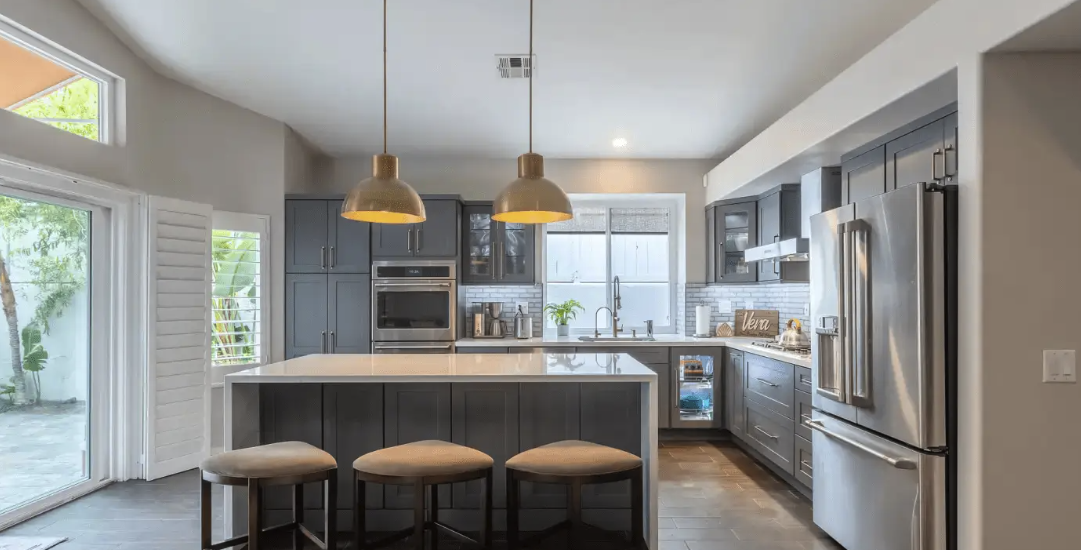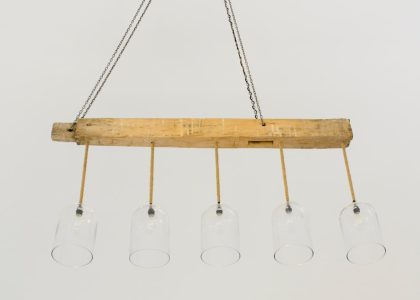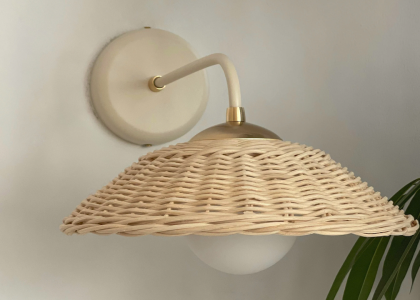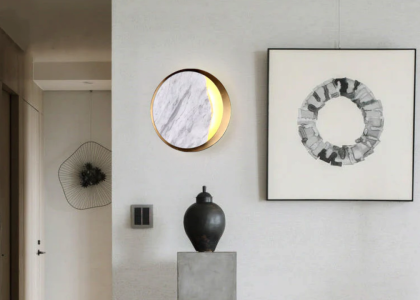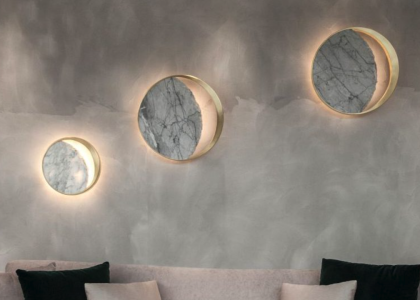Efficient kitchen lighting is a critical aspect of both functionality and aesthetics in modern homes. The kitchen is often referred to as the heart of the home, serving as a gathering place for family and friends, as well as a workspace for culinary creativity. Proper lighting not only enhances the visual appeal of the space but also plays a vital role in ensuring safety and efficiency during food preparation and cooking.
A well-lit kitchen can significantly reduce the risk of accidents, such as knife injuries or slips and falls, by illuminating work surfaces and pathways. Moreover, the right lighting can create an inviting atmosphere, making the kitchen a more enjoyable place to spend time. In addition to safety and ambiance, efficient kitchen lighting can also contribute to energy savings.
With rising energy costs and increasing environmental concerns, homeowners are becoming more conscious of their energy consumption. By utilizing efficient lighting solutions, such as LED bulbs and smart lighting systems, kitchens can achieve optimal illumination while minimizing energy use. This not only reduces utility bills but also lessens the environmental impact associated with excessive energy consumption.
As such, understanding the importance of efficient kitchen lighting is essential for creating a functional, safe, and sustainable culinary environment.
Energy-Saving Embedded Solutions for Kitchen Lighting
Embedded lighting solutions have gained popularity in contemporary kitchen designs due to their sleek appearance and energy efficiency. These solutions often include recessed lights, under-cabinet lighting, and integrated fixtures that blend seamlessly into the kitchen’s architecture. Recessed lighting, for instance, can provide a clean and modern look while offering ample illumination without taking up valuable space.
When strategically placed, these lights can highlight key areas such as countertops, islands, and dining spaces, ensuring that every corner of the kitchen is well-lit. Under-cabinet lighting is another effective embedded solution that enhances both functionality and aesthetics. By illuminating countertops directly beneath cabinets, this type of lighting reduces shadows and provides focused light for tasks such as chopping vegetables or reading recipes.
Additionally, many under-cabinet fixtures now come with energy-efficient options, such as LED strips or puck lights, which consume significantly less power than traditional incandescent bulbs. These embedded solutions not only improve visibility but also contribute to a more organized and visually appealing kitchen environment.
LED Lighting: A Sustainable and Cost-Effective Option
LED lighting has revolutionized the way we illuminate our kitchens, offering a sustainable and cost-effective alternative to traditional lighting options. Unlike incandescent bulbs that waste a significant amount of energy as heat, LEDs convert most of their energy into light, making them far more efficient. This efficiency translates into lower energy bills for homeowners, as LED bulbs consume up to 80% less electricity than their incandescent counterparts.
Furthermore, the longevity of LED bulbs—often lasting up to 25,000 hours—means that they need to be replaced far less frequently, reducing waste and the environmental impact associated with manufacturing and disposing of light bulbs. In addition to their energy-saving capabilities, LED lights offer versatility in design and application. They are available in various color temperatures, allowing homeowners to choose warm or cool light depending on their preferences and the desired ambiance of the kitchen.
For instance, warm white LEDs can create a cozy atmosphere ideal for family gatherings, while cooler tones may be more suitable for task-oriented areas where precision is essential. The ability to dim LED lights further enhances their functionality, enabling users to adjust brightness levels according to specific activities or moods. This adaptability makes LED lighting an ideal choice for modern kitchens seeking both efficiency and style.
Smart Lighting Systems: Controlling and Optimizing Energy Usage
The advent of smart technology has transformed kitchen lighting into a highly customizable experience that enhances both convenience and energy efficiency. Smart lighting Casalucelighting systems allow homeowners to control their kitchen lights remotely through smartphones or voice-activated devices. This capability enables users to turn lights on or off, adjust brightness levels, or change color temperatures from anywhere in the home.
For instance, if someone is cooking and needs additional light but has their hands full, they can simply use a voice command to brighten the space without needing to reach for a switch. Moreover, smart lighting systems often come equipped with scheduling features that allow users to automate their lighting based on daily routines. For example, homeowners can program their kitchen lights to turn on automatically in the morning when they start preparing breakfast or dim in the evening when it’s time for dinner.
This level of control not only enhances convenience but also optimizes energy usage by ensuring that lights are only on when needed. Additionally, many smart systems include energy monitoring features that provide insights into usage patterns, helping homeowners identify opportunities for further energy savings.
Natural Light Integration: Harnessing Daylight for Kitchen Illumination
Integrating natural light into kitchen design is an effective way to enhance illumination while reducing reliance on artificial lighting sources. Natural light not only brightens up the space but also creates a warm and inviting atmosphere that artificial lights often struggle to replicate. Large windows, skylights, and glass doors are popular architectural features that allow sunlight to flood into the kitchen during the day.
This not only reduces the need for electric lighting but also contributes to improved mood and well-being among occupants. To maximize the benefits of natural light, careful consideration should be given to window placement and treatment options. For instance, strategically positioning windows to face south can capture sunlight throughout the day in northern hemisphere locations.
Additionally, using sheer curtains or blinds can help diffuse harsh sunlight while still allowing ample light to enter the space. Reflective surfaces such as glossy countertops or light-colored walls can further enhance natural light distribution by bouncing sunlight around the room. By thoughtfully integrating natural light into kitchen design, homeowners can create a bright and cheerful environment that promotes both functionality and comfort.
Task Lighting: Enhancing Efficiency and Safety in the Kitchen
Task lighting is an essential component of an efficient kitchen design, providing focused illumination where it is needed most during food preparation and cooking activities. This type of lighting is specifically designed to enhance visibility on work surfaces such as countertops, stovetops, and islands. By illuminating these areas effectively, task lighting minimizes shadows and reduces eye strain, allowing cooks to perform intricate tasks with greater precision and safety.
Common examples of task lighting in kitchens include pendant lights over islands or dining areas, under-cabinet lights that shine directly onto countertops, and adjustable track lighting that can be directed toward specific work zones. For instance, installing pendant lights above an island not only provides adequate illumination for meal prep but also serves as a stylish design element that enhances the overall aesthetic of the kitchen. Similarly, under-cabinet lighting ensures that cooks have sufficient light when chopping vegetables or measuring ingredients without casting shadows that could lead to accidents.
By prioritizing task lighting in kitchen design, homeowners can create a safer and more efficient cooking environment.
Energy-Efficient Bulbs and Fixtures: Choosing the Right Options
When selecting energy-efficient bulbs and fixtures for kitchen lighting, it is essential to consider various factors that influence performance and sustainability. The most common types of energy-efficient bulbs include LED, CFL (compact fluorescent lamp), and halogen bulbs. Among these options, LED bulbs stand out due to their superior energy efficiency, longevity, and versatility in design.
When choosing fixtures, it is crucial to ensure compatibility with the selected bulb type to maximize efficiency. In addition to bulb selection, fixture design plays a significant role in overall energy consumption. For example, fixtures with reflective surfaces can enhance light output while reducing the number of bulbs needed for adequate illumination.
Furthermore, dimmable fixtures allow users to adjust brightness levels based on specific tasks or preferences, contributing to energy savings when full brightness is unnecessary. Homeowners should also consider fixtures with built-in sensors that automatically adjust lighting based on occupancy or ambient light levels—these features can significantly reduce energy waste by ensuring lights are only on when needed.
The Future of Kitchen Lighting: Innovations and Trends in Energy-Saving Solutions
The future of kitchen lighting is poised for exciting innovations that prioritize energy efficiency while enhancing user experience. One emerging trend is the integration of human-centric lighting systems that adjust color temperature throughout the day to align with natural circadian rhythms. These systems promote well-being by mimicking natural daylight patterns—cooler tones in the morning stimulate alertness while warmer tones in the evening encourage relaxation.
Another notable trend is the increasing popularity of solar-powered lighting solutions for kitchens with access to outdoor spaces. Solar-powered fixtures harness sunlight during the day to provide illumination at night without relying on grid electricity. This not only reduces energy costs but also promotes sustainability by utilizing renewable resources.
As technology continues to advance, we can expect further developments in smart home integration within kitchen lighting systems. Innovations such as voice-activated controls linked with artificial intelligence will allow for even greater customization based on individual preferences and routines. With these advancements on the horizon, homeowners can look forward to kitchens that are not only beautifully illuminated but also environmentally responsible and tailored to their unique lifestyles.


